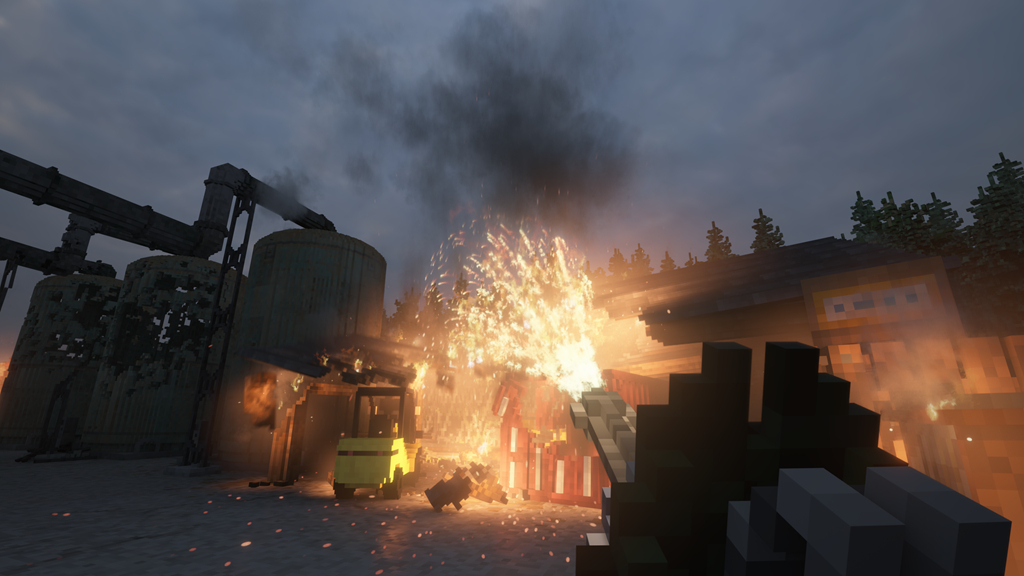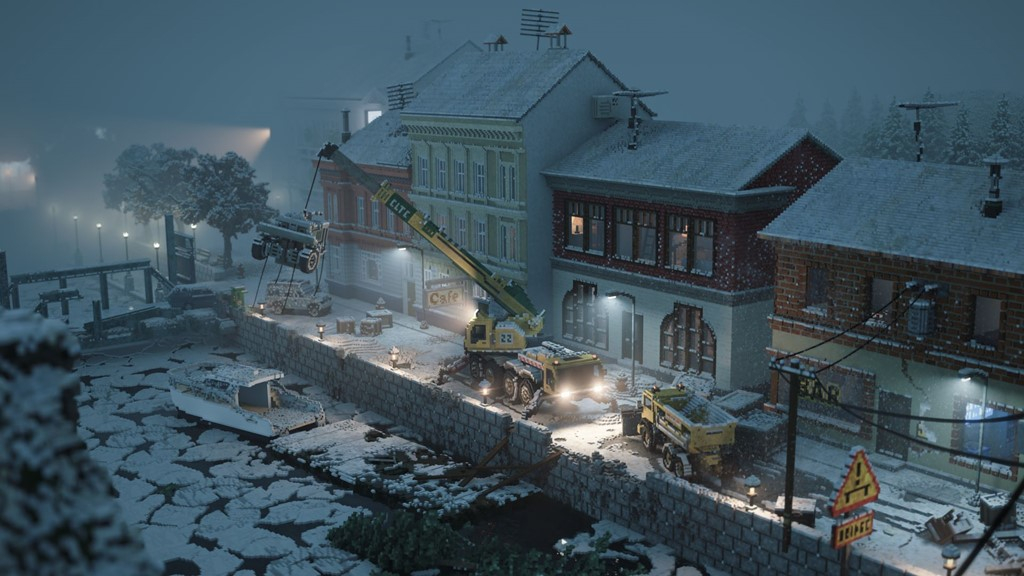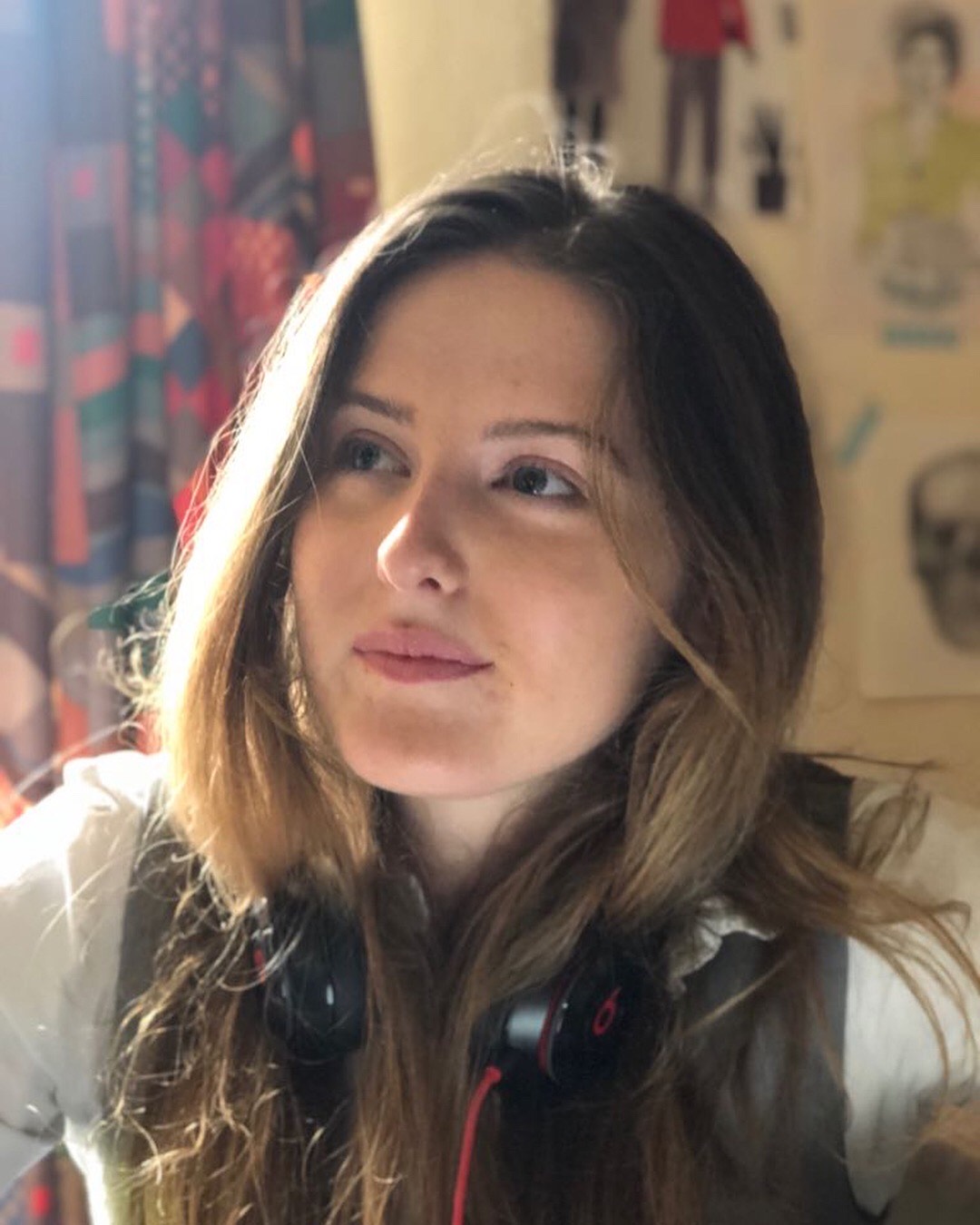Ray tracing is so crucial to Teardown that the world goes black if you turn it off
Let there be light

Tuxedo Labs go above and beyond in multiple aspects of Teardown, whether that be its dangerous explosions, violent rockets, or specifically, the beautifully soft lighting. The attention to detail shown in the lights and shadows of this voxel world is just one example of Teardown’s airtight build.
On the surface, Teardown may seem like a simple heist game with some interesting physics thrown in. But in reality, there’s way more than meets the eye in this single-player sandbox game. You’re first introduced to the strangely ethereal world of Teardown as your character completes a short walk to their base of operations. While traversing this jagged landscape, I was immediately impressed by its visuals as the light shone beautifully on the water and hit the old warehouse in such a way that it gave the crumbling red brick a wonderful golden hue.
The stunning scenes don’t just end after the opening. Each new map and location brings even more gorgeous sights to behold as you destroy everything in your wake. There are polished modern mansions, snowy old villages, mysterious mountain bases, and misty fishing ports to explore. These settings are lifted out of the trap of being simple backdrops by the complex ray-traced lighting that Tuxedo Labs worked so hard to implement.
Light up the way

Teardown stands out from other heist games thanks to its incredible use of voxels. These are essentially 3D pixels, but they form perfect cubes instead of squares. In theory, they are the perfect modeling technique for replicating reality. However, on their own, they can seem pretty basic as life isn’t just made out of cubes on cubes. Luckily, ray tracing provides the perfect solution to this puzzle by providing a more realistic, natural lighting and reflections solution.
The lighting in Teardown does more than just provide something pretty to look at. By creating incredibly realistic and immersive lighting, every location in Teardown feels more vivid and lived-in. The clouds above create moving shadows; the light shines realistically through windows and holes in the wall, while the sun reflects off the water with lifelike accuracy. The soft shades and lighting take the edge off the sharp voxels, which helps to shape the maps into something significantly less blocky.
“There’s almost coalition between this abstract voxel appearance of things with the very realistic lighting”, CTO Dennis Gustafsson says. “It creates some very interesting dynamic there.”
This dynamic is crucial to the DNA of Teardown, not only because it gives Tuxedo Labs a unique style to work with and some beautiful realism for players to marvel at but also because ray tracing is now integral to the game itself.
Sign up for breaking news, reviews, opinion, top tech deals, and more.
Embedded into the DNA

“If you turn off ray tracing, you can’t see anything; the screen is black. Because every color of each pixel on the screen is calculated with ray tracing”, CEO Marcus Dawson says. “It’s a technique that normally takes hours to calculate. Nvidia has been able to do a few things, but Teardown has undefined lighting calculations that are much more advanced.”
While this feature is now intertwined with Teardown's core identity, the idea stemmed from outside of Tuxedo Labs. “All the credit goes to voxel modeling and rendering program called Magica voxel”, Gustafsson says. “I first saw it on Twitter at the beginning of the project, and it later became the main inspiration for the art style of Teadown”.
Complex lighting calculations are also vital to the destructive elements of Teardown. Without them, players could destroy a building by blasting holes in the roof and looking down only to see shadows instead of pockets of light. This may not be a massive deal breaker to some, but Tuxedo Labs didn’t want to settle for anything less than perfection.
If you're a fan of Teardown, then be sure to check out these other fantastic PC games available to play right now.

Elie is a Features Writer for TechRadar Gaming, here to write about anything new or slightly weird. Before writing for TRG, Elie studied for a Masters at Cardiff University JOMEC in International Journalism and Documentaries – spending their free time filming short docs or editing the gaming section for their student publications.
Elie’s first step into gaming was through Pokémon but they've taken the natural next step in the horror genre. Any and every game that would keep you up at night is on their list to play - despite the fact that one of Elie’s biggest fears is being chased.